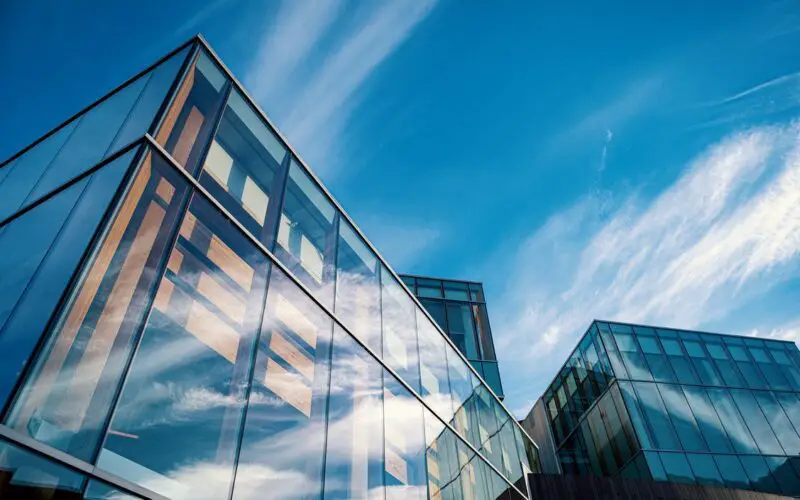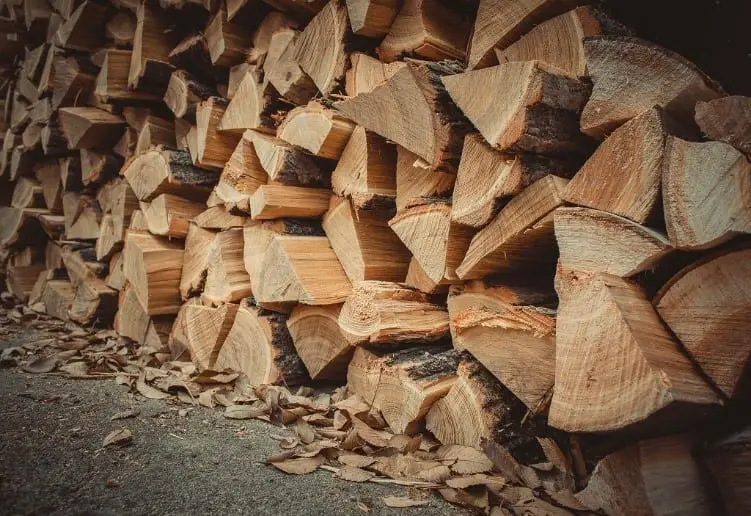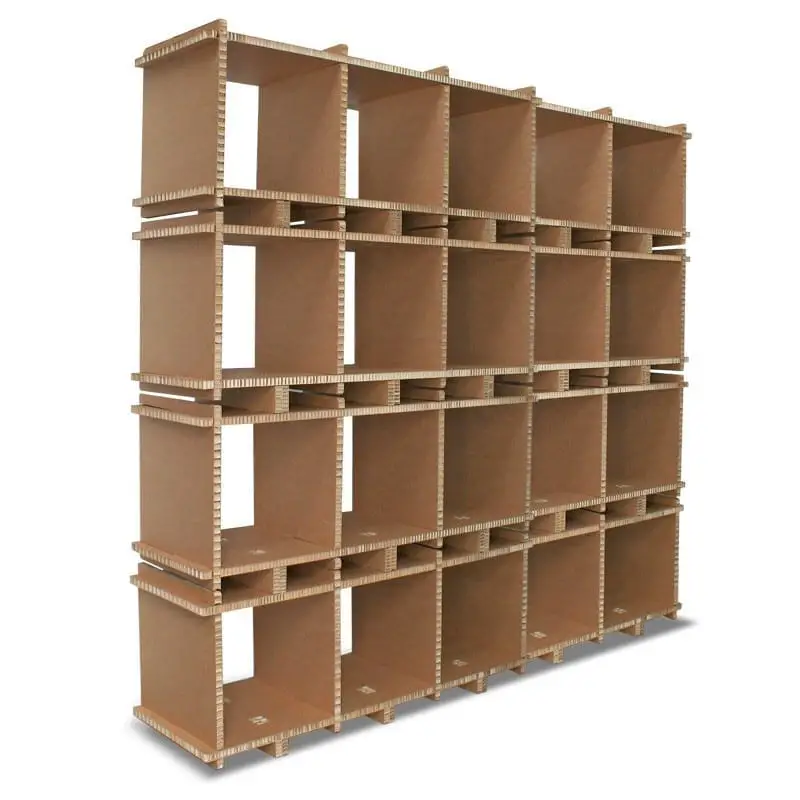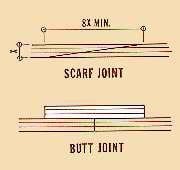Acrylic glass is frequently referred to as Plexiglass, which is the trademarked term. It is a transparent, strong plastic with different uses. Plexiglas can be used with wood effectively as a feasible alternative to glass. The material can be used to install secondary glazing, boat windows, shed windows, and construct display cabinets in certain applications.
A major benefit of Plexiglass is that it can be used in various types of applications. The material is more flexible and stronger than glass. The material can be also used for replacing window glass, as well as, for other household chores.
At times, the material has to be also attached to wood. Although it appears to be an easy and quick job, it includes some detailed steps. These steps should be followed for keeping the material from falling and chipping apart.
Plexiglass can be bonded to the wood by screwing or gluing together. Both these techniques deliver excellent outputs. Let us see how to attach plexiglass to wood by screwing first step-by-step.
How to attach plexiglass to wood by screwing?
Step 1: Put the Plexiglass on the flat surface

First, place the material on any flat surface. Use a black marker to put a tiny dot at all corners. Make sure that the dots are one inch from each side. These are the position for the pre-drilled holes. These holes should be a minimum of one inch from the edges so that the drill should not reach the edges.
Step 2: Use a power drill

Attach one quarter drill bit to the power drill. Now, place the drill bit over any of the 4 dots you made on the plexiglass. Drill into the material till the time the drill bit goes through. The process has to be repeated for all the dots drawn on the plexiglass.
Step 3: Place the plexiglass at the top of the wood
Position the plexiglass on the top of the wood where it has to be installed. Press the plexiglass against the wood. Drill it properly in place until the head is flushed with the plexiglass for the first hole.
Step 4- Repeat the drilling process for the other holes

The same drilling process should be repeated for all the holes in the plexiglass. Observe the plexiglass and check whether it is properly secured to the wood. You may have to include additional screws if required.
You need to consider some important points while attaching plexiglass to wood. Make sure that you are using a suitable drill bit, which can be used with plastic for drilling holes. Take care that the plastic should not overheat. Even pressure should be applied to the plastic so that it does not get split or crack. Also, the bit should be allowed to cool between different holes. Another important point is that the screw should not be over-tightened else the plastic might crack.
2. How to attach plexiglass to wood through gluing?
As plexiglass has to perform effectively in high-stress applications and is transparent, a special kind of glue known as methylene chloride is used. The glue is a kind of solvent cement, which functions by melting the plexiglass so that the pieces are fused.
Part-1 Prepare the Plexiglass
Step 1: Select a solid workspace-
The workspace can be made from concrete, metal, or wood. However, we are taking wood as the preferred material here.

Img Src: https://www.pexels.com/photo/brown-wooden-board-164005/
Step 2: You may have to cut the plexiglass if required- The pieces to be joined can be prepared by cutting all of them to proper shape and size. The preferred piece should be 6.3 mm or ¼ inches or thicker. Pieces, which are thinner than this size, maybe scored using a utility knife.
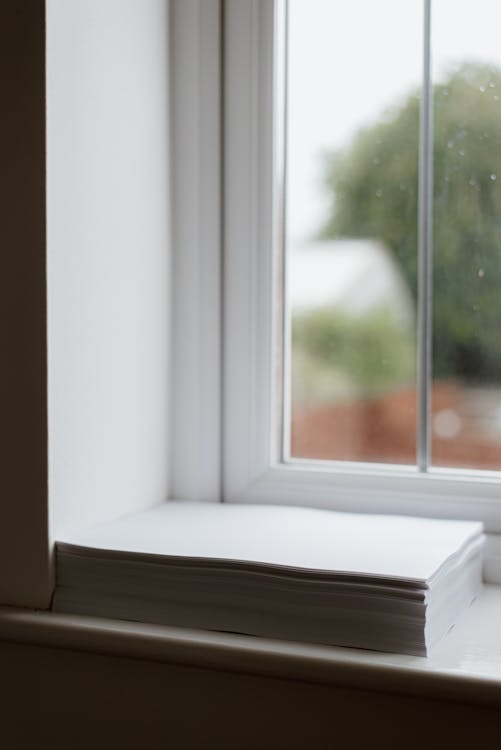
- In case the cut edges are rough, polish and sand them. The aim is to have a smooth and clean edge so that the glue can be applied properly.
- The protective film has to be now removed, if required, after cutting so that the Plexiglass does not have any scratch.
Step 3: Next, the plexiglass has to be cleaned- Even before the plexiglass is glued to the wood, use water and mild soap to clean the pieces. Focus on the edges, which will be glued. Once you have rinsed and cleaned the pieces, make sure they are thoroughly dry using a clean cloth. Avoid rubbing as that can scratch the surface. You may also use isopropyl alcohol to clean plexiglass.

Step 4: Place the plexiglass on the wood top for gluing- After the pieces have been cleaned, you have to fit them together because they will be joined. Once a snug fit is ensured, secure all these pieces together using clamps or masking tape.
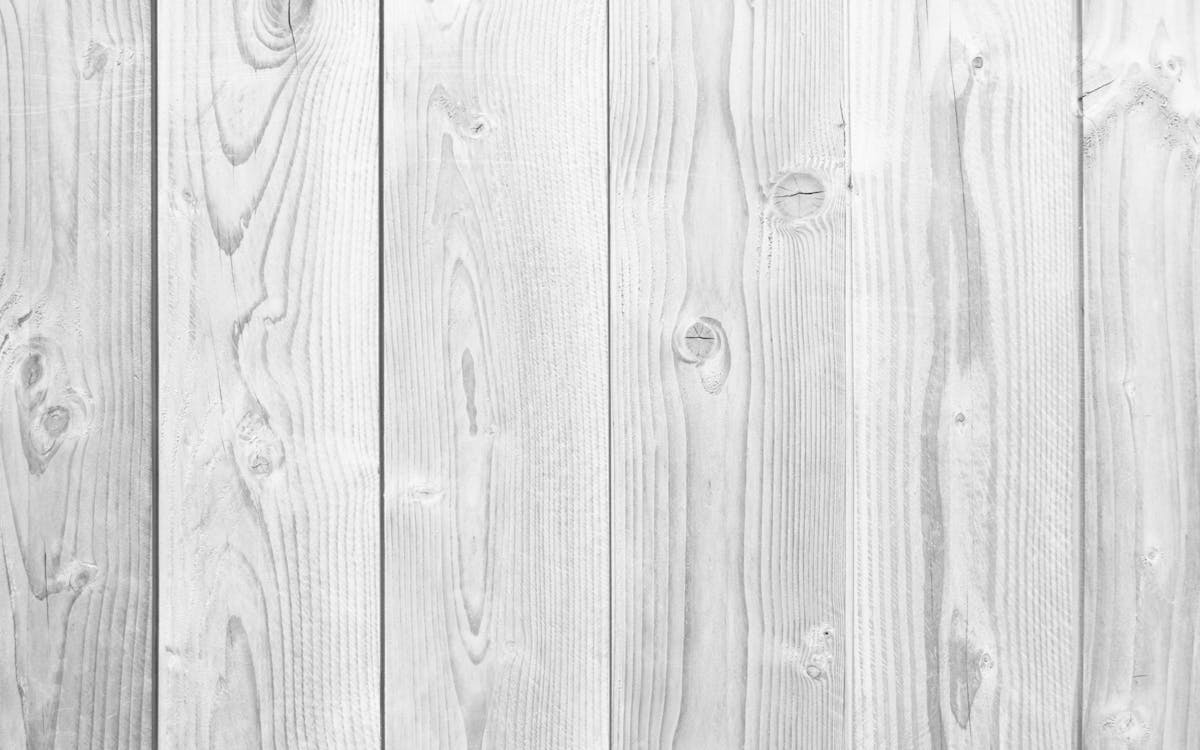
Part-2- Apply the glue
Step 1: The glue has to be applied to the joint- A 25 gauge syringe can be used to apply the glue as it is water-thin. Also, the glue melts the acrylic for bonding the 2 pieces together. Use a gauge syringe to apply a little bit of methylene chloride in the joint between the 2 plexiglass pieces.

- You should use safety glasses and rubber gloves while applying the methylene chloride.
- You should not apply the solvent cement to these pieces separately and press them together. Doing so will create a weaker joint. Doing so can deform and melt the plexiglass they touch.
Step-2: The glue should be now allowed to set: The glue should be allowed to set between 24 and 48 hours so that a secure bond can be secured. The tape and clamps, which were holding the plexiglass pieces, can be now removed.

Step-3: Use sandpaper to smoothen the joint- Once the glue is allowed to set entirely, use quality sandpaper for smoothening out the rough patches if any due to adhesive. The dust should be cleaned after you have completed sanding. Cleaning can be done with isopropyl alcohol or water and soap.

Top reasons for using plexiglass instead of glass
Whenever you visualize windows, you are likely to think about traditional glass sheeting. After all, for several years, only traditional glass was used in windows. However, with time polycarbonate sheeting and plexiglass have managed to gain traction. Both these materials have emerged as popular alternatives for various glazing applications. However, you may be wondering, why should you go for plexiglass sheets for the windows in your house instead of using traditional glass? While there are various reasons, we will discuss the top four reasons here:
Strength and safety
Many people give various reasons to have superior strength windows. They include having large dogs as pets or residing in a hurricane-prone locality. Some also cite the scare of burglars breaking in. Plexiglass has higher impact strength as compared to glass. It means, the force required to shatter it is much greater than that of glass.
If you are using plexiglass sheets as the window panes, there is no need to fret about your dear ones getting hurt while a pane breaks. Thus, plexiglass sheeting has this distinct edge of being quite tough to shatter. While the material can be broken, it does not disintegrate into a thousand dangerous, tiny pieces.
Saves cost
Are you a cost-conscious consumer or business owner? If so, you will be glad to know that plexiglass sheeting is a reasonably priced alternative as compared to glass. These sheets take less money, as well as, energy to produce. They are also more lightweight than glass, which leads to lower shipping and transportation costs.
Ease of light transmission
Another top reason to purchase plexiglass sheets as compared to traditional glass is to remove reflections and glare. The clarity of these sheets is so high that it permits over 90 percent of light to transmit through. Thus, their transparency is more than glass. On the other hand, glass allows higher reflection of light. Also, the thicker the glass is, there will be more discoloring. Meanwhile, irrespective of how thick plexiglass is, it offers the same clarity.
Ease of use and creativity
While these are different advantages, there is a correlation between ease-of-use and creativity. Plexiglass sheeting is much simpler to cut as compared to traditional glass. These can be cut just like wood using similar tools as a table saw, scoring tool, or router.
Plus, the weight of the plexiglass sheet is about 50 percent less than that of glass. This quality makes it much simpler to install, cut, and move. Plexiglass is quite lightweight and may be easily cut while compared to traditional glass. You can use them for making a designed window or an accent window.
Glass may not be practical while you design windows for architectural pieces. Also, it is excessively rigid and brittle. Plexiglass sheeting is available in different types of styles such as black/white sheets, fluorescent sheets, and colored sheets.
Conclusion
We covered how to attach plexiglass to wood in this article in detail. We also saw that you can not only attach plexiglass to wood but can also glue them together. Finally, we also took a look into why plexiglass has emerged as a popular alternative to glass these days. While traditional glass has its merits, plexiglass is an economically sound, versatile, and durable alternative today.
